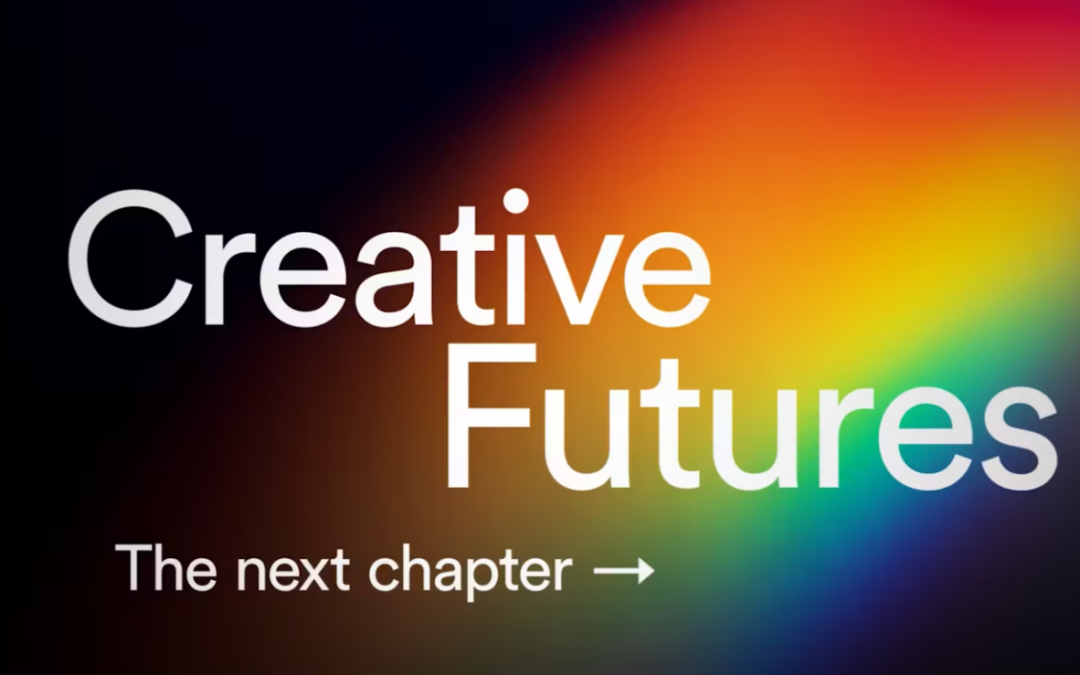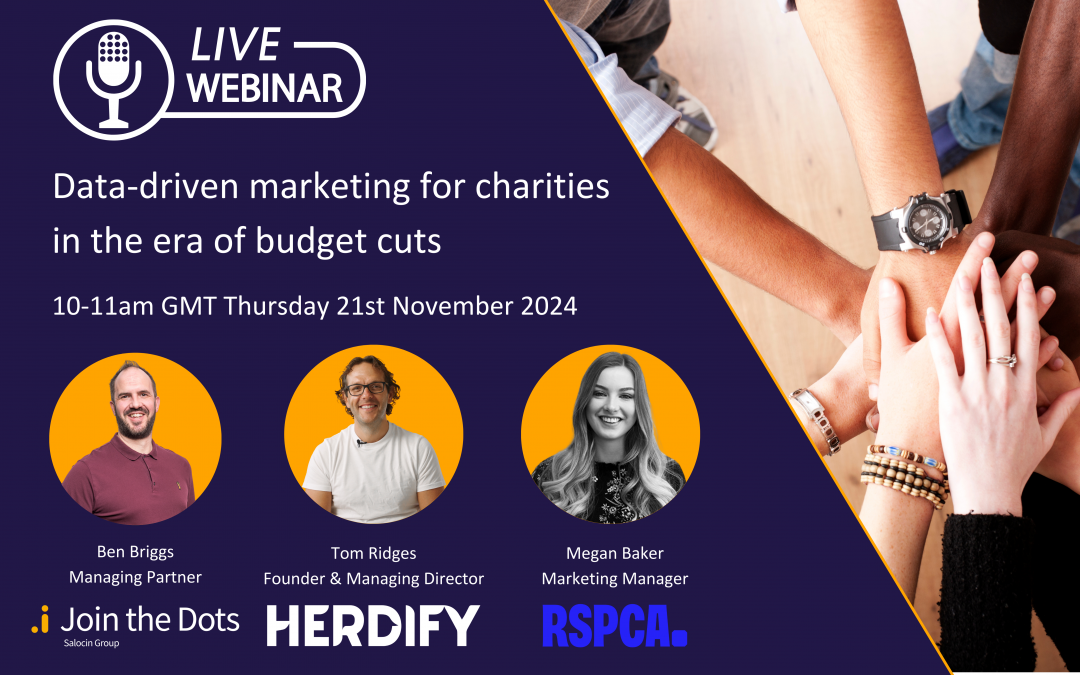To run a TV campaign, you need to buy the right airtime and create an effective commercial.
This post looks at buying the airtime, but our next two guides will cover the TV commercial production process and what it takes to make a good ad too.
Step 1 – Develop a strategy
Create a brief of what you need, this needs to include:
Objectives – is this a new product launch? Are you looking to drive immediate response?
- Target audience – who are you trying to reach with your campaign?
- Budget – how much have you got to spend?
- Timing – when should the campaign run?
- Measurable KPI’s – what does success look like?
The strategy will then be created either by your in house team or your media agency based on the above objectives.
Step 2 – Get tracking set up so you know what the TV campaign achieves
- Place a tracking pixel on your website (a tool to help us understand the effect of TV)
- Ensure your website is tagged and Google Analytics is set up correctly
Step 3 – Prepare a media schedule using insight to understand
- Target audience viewing habits – when and how are the audience watching?
- Channel selection – which channels are they watching?
- Spot length/creative – is it a 30 second commercial or is a longer time length required?
- Phasing and weighting by day/week – is any day of the week or week of the month more important than any other?
- Seasonality – is any time of the year more important than others?
- Regionality – should this be a national campaign or are we just using selected regions?
- VOD/other platforms – should we be using video on demand or addressable TV?
- Halo effect of TV – are we clear on what other activity might be running and how TV will impact on that?
- PPC up-weight and landing pages – when people Google your brand, have you got sufficient PPC budget available and where are you directing traffic to?
Step 4 – Buy the airtime from the sales houses (e.g. ITV, Channel 4 or Sky).
The price will depend on various factors including:
- Which audience you want to reach
- What time of day you want to be on air
- Demand in the marketplace
- Time of year
- Share of budget by sales house
- How specific your requirements are (e.g. particular programming)
TV airtime typically needs to be booked c. 1-2 months in advance, so the lead time for getting on air (from a media planning and buying perspective) is 4-8 weeks.
Step 5 – Delivery and Optimisation
Once the campaign is booked, it will then be necessary to monitor the delivery of the airtime by the different sales houses to ensure your budget is spent as per the brief.
During the campaign, you then look at the data produced by the tracking pixel to understand what is driving the most cost-efficient response and conversions. That generates insight to be used for the next burst to ensure you do more of what has worked well and less of what hasn’t. It also gives you clues as to what else you could be testing in future bursts.
By following each of the steps in our guide, you can be confident that your TV campaign runs as efficiently as possible and you get the maximum return from your media spend.











